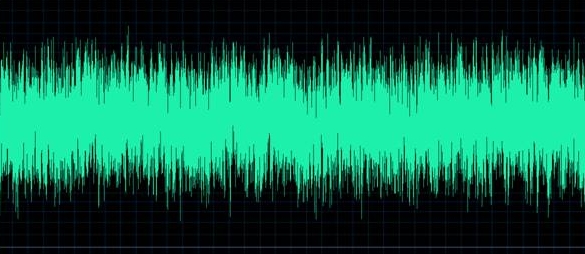Adding Background Noise to Medical Simulations
Interested in quickly increasing simulation lab fidelity? Let’s consider that while all five senses can be stimulated to mimic clinical scenarios, audio-based queues closely follow visual queues when creating realistic simulated environments. Have you ever watched a movie with the sound delayed by just a few seconds? The whole experience of the visuals feels ‘off’. Likewise, we know that a trauma patient screaming at the beginning of the scenario who suddenly stops may provide a direct queue to learners that something, positive or negative, has changed.
But why stop just with the patient voice? By providing more artificial background noise to our environment, we can increase the ‘feeling’ of entering the ED or being on a screaming ambulance. The closer our simulations match the real world, the better our learners will be able to deal with the additional stressors they will be facing. In the most basic terms, adding distracting or ‘feeling-based’ background noise can help learners better “practice how we play”.
Luckily, adding such ‘background noise’ to your simulations can be very easy to do! The quickest way to get started is to download some background noise of the scene you are interested in created. There are numerous places to get free sound files. Fritz Sticht from Behling Simulation Center recently shared some ED Background Noise to us. Karen Clenney recommends searching through http://www.freesound.org/ to download no-cost audio files. Of course, if you have access to a real clinical space you can always record your own with the right equipment.
Sponsored Content:
Finding the right file may take a little bit of searching depending on your specific needs but consider these points:
- Consider that the audio file will be looped (repeated endlessly).
- Use an audio file that is as long as possible so that when the file does ‘loop’ learners won’t notice the repetition. (Suggest minimum is 5 minutes).
- Play the entire file and make sure that the background noise remains ‘unnoticeable’. What I mean by that is that there should not be people talking directly into the microphone that will be easily identifiable on loop.
- Find an audio file that closely matches your scenario. Playing something clinical is great, but sounds don’t match the scenario (like ambulance sirens in the OR) you will throw learners off.
Lance Baily, BA, EMT-B, is the Founder & CEO of HealthySimulation.com, which he started while serving as the Director of the Nevada System of Higher Education’s Clinical Simulation Center of Las Vegas back in 2010. Lance is also the Founder and acting Advisor to the Board of SimGHOSTS.org, the world’s only non-profit organization dedicated to supporting professionals operating healthcare simulation technologies. His co-edited Book: “Comprehensive Healthcare Simulation: Operations, Technology, and Innovative Practice” is cited as a key source for professional certification in the industry. Lance’s background also includes serving as a Simulation Technology Specialist for the LA Community College District, EMS fire fighting, Hollywood movie production, rescue diving, and global travel. He and his wife Abigail Baily, PhD live in Las Vegas, Nevada with their two amazing daughters.
Sponsored Content:


















